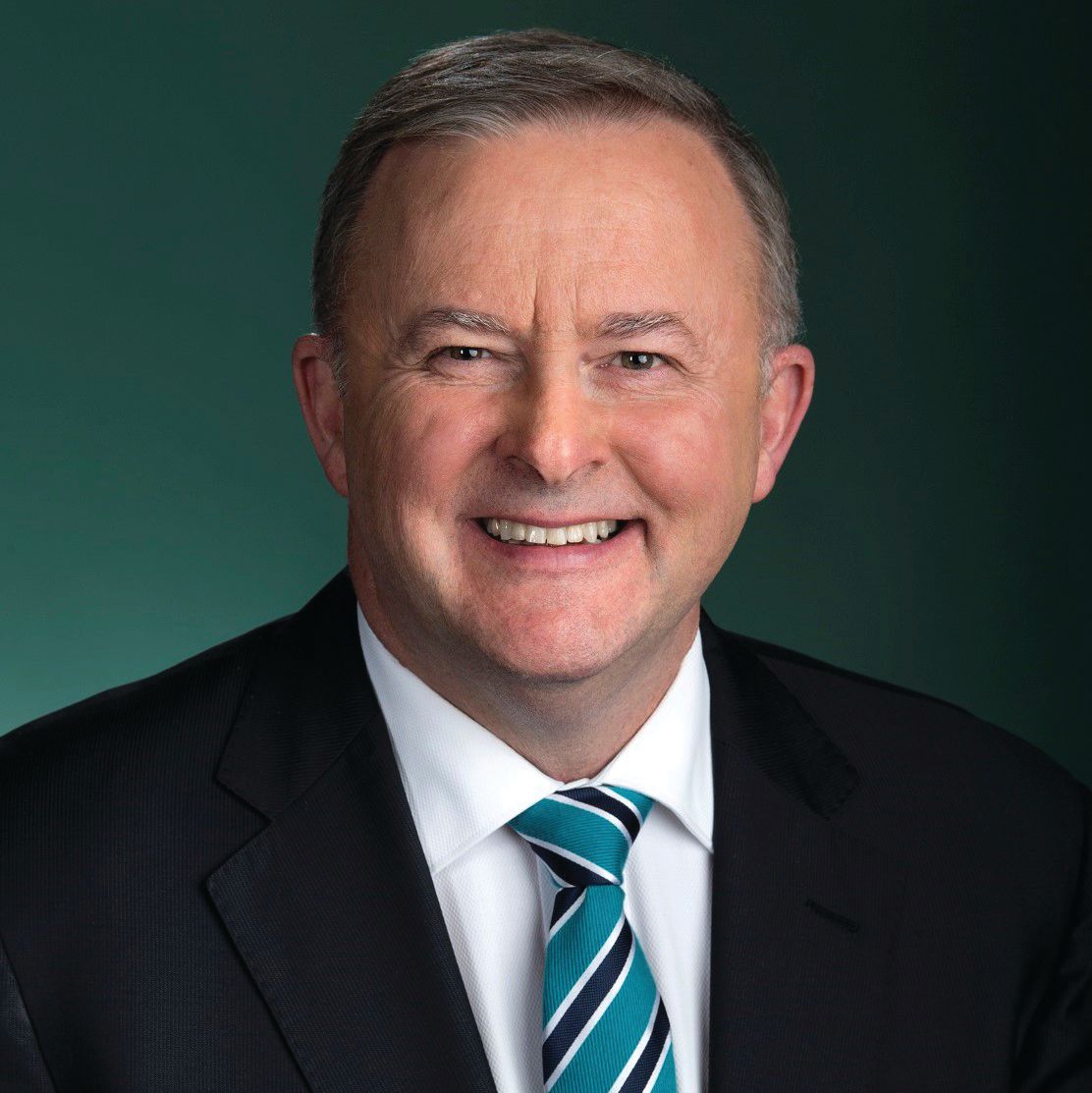Labor’s vision for an innovative Australia
Science is the key to creating a better Australia. We must devote more funding to research and development, and plan for Australia to be a renewable energy superpower in a carbon-constrained world.

Years on from the onset, the COVID-19 pandemic has renewed our respect for scientific experts and understanding that science can unlock our potential as a nation.
Science will be at the core of our future economic growth, as well as our new industries and the jobs they will create. Australians have a proud record of invention, and yet we do not properly celebrate our achievements. We need to raise the standard of the national conversation. We cannot speak of science as though it were an act of faith. We cannot let opinion or ideology trump truth.
Labor is looking to the future with clear eyes, open minds and optimism. It is what Labor does. When the world was in turmoil, John Curtin and Ben Chifley spoke not just of victory in war but of victory in peace. Curtin didn’t live to see the peace, but Chifley worked his guts out for that second triumph. Among his priorities were enlarging the CSIRO and establishing the Australian National University. As Chifley said: “Scientific research is a necessity for the maintenance of our standard of living and even for our survival.”
Returning to the complacency we saw before the 2019 bushfires and coronavirus outbreak is not an option.Today, droughts worsen and temperature records are broken. But we don’t have to surrender. Guided by science, we can fight climate change and create jobs at the same time. We can have a future as a renewable energy superpower, with all the associated environmental and economic benefits. You can get the policy settings right only when you respect and heed the science – and when the science is clear, politicians should act.
Complacency has also decreased our economy’s resilience. The cautionary tale of Australia’s car industry is emblematic. This Government withdrew co-investment funding and dared manufacturers to leave – an invitation they accepted. This act of self-sabotage knocked us down the technological totem pole and further narrowed an economic base that has become overly reliant on services and the export of raw materials. We made ourselves vulnerable to a decline in living standards as a result. And when the next crisis severs global supply lines, we will be exposed. This is our chance to start turning things around. We must strengthen our capacity to create. We must become serious about high-tech manufacturing. But our research and development investment has fallen below two per cent of GDP – below countries including South Korea, Israel, Sweden, Denmark and Singapore.
As a nation, we need to be thinking about what share of our national income should be set aside for local research and development (R&D). Just as the Reserve Bank provides a degree of certainty to the financial markets on the future path of interest rates, Government needs to provide guidance on projected R&D spending. That way, the Australian community can invest in science with confidence. We could better commercialise research, thereby building up industries at home and selling their product to the world. Our failure in this area reduces potential revenue from intellectual property – undermining investment, entrepreneurship and technological growth. Labor has backed calls from the tech sector for R&D tax incentive refunds to be paid early. As part of our partnership with the private sector, a future Labor Government would encourage the superannuation industry to invest in infrastructure, technology and R&D consistently with members’ interests.
Take artificial intelligence (AI). In 2018 alone, AI contributed an estimated US$2 billion to the global economy. Within a decade, that figure is forecast to reach nearly US$16 billion. At the last federal election, Labor championed the establishment of a National Centre of AI Excellence, which would help chart the likely national investment required in this area by bringing together those with a stake in AI’s application in our economy. Australia has the talent and brainpower to prove a world leader in scientific endeavours, but hasn’t always shown the capacity to retain our most brilliant minds.
We also need to be thinking about how to integrate our scientific research into national projects and objectives. We want a nation adapted to a carbon-constrained world. We want our cities and regions to remain habitable and productive. And we want our sights set on previously unthought-of possibilities. Let us make the most of recent wake-up calls. The 2019 bushfires showed what happens when we walk away from science into the darkness of denial; a virus has illuminated the path back. The moment is ours to seize.
The Hon Anthony Albanese MP has been the Prime Minister of Australia since 2022, and Leader of the Opposition and Leader of the Labor Party since 2019. He has been Member of Parliament for Grayndler since 1996.
More Transformations Articles


